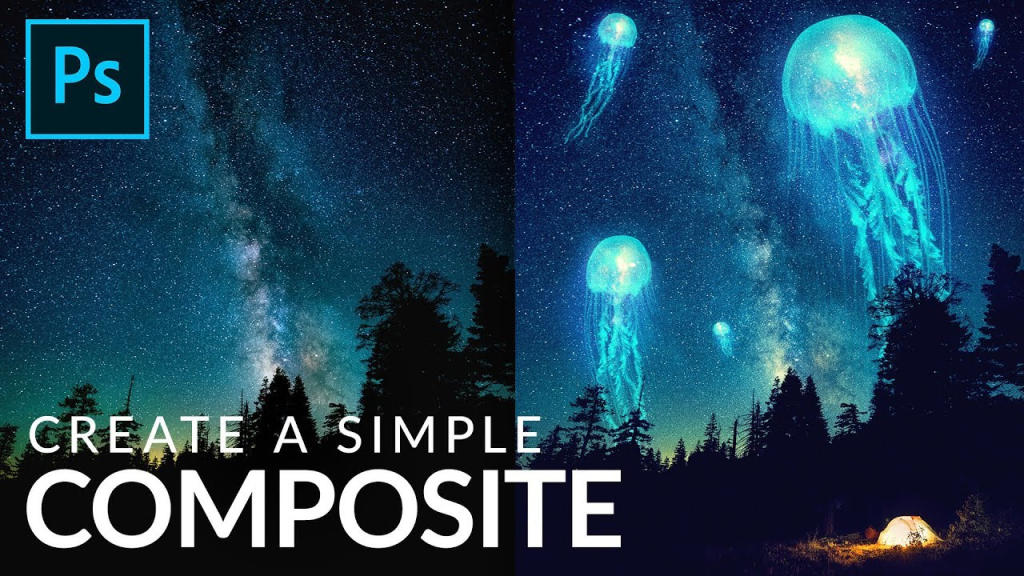
In the domain of digital artistry, Photoshop compositing presents boundless prospects to merge multiple images into surreal and captivating compositions. Whether you’re a novice venturing into the realm of digital art or a seasoned artist seeking to broaden your creative horizons, Photoshop compositing furnishes a versatile arsenal for unleashing your imagination and materializing your concepts. Within this introductory guide, we’ll delve into the fundamentals of Photoshop compositing, equipping you with the knowledge to fashion striking and surreal artworks effortlessly.
Gather Your Ingredients– First and foremost, you’ll require some raw materials. Source stock photos online (ensuring to verify usage rights), scan your own drawings, or capture your own images while keeping an eye out for distinctive elements. Embrace creativity beyond boundaries! A macro shot of a flower, a texture of a cracked wall, or an ordinary object can metamorphose into a component of your extraordinary creation.
Selection Superpowers – Now, let the magic begin! Utilize Photoshop’s selection tools (such as the lasso, magic wand, and pen tool) to meticulously extract specific elements from your images. Strive for accuracy in your selections for seamless integration, though perfection isn’t necessary – a hint of hand-cut charm can inject character into your composition.
Layering the Imagination – Initiate a new document in Photoshop and commence layering your elements. Employ the Layers Panel to freely arrange and rearrange them to your liking. Keep in mind that you can adjust the opacity, position, and even transform (rotate, resize) each element to craft your desired composition.
Blending is Believing – Achieving a believable surreal scene hinges on seamless blending. Employ layer masks (accessible via the rectangular button!) to conceal portions of your images, fostering smooth transitions between elements. Experiment with diverse blending modes (such as Multiply or Overlay) to craft a range of effects, such as soft shadows or vibrant light leaks.
Color Magic Wand – Feel free to tweak the colors of your elements! Utilize the Hue/Saturation adjustment layer (accessible through Layer > New Adjustment Layer > Hue/Saturation) to modify the overall color tone of an element. You can also generate color gradients to enhance depth and intrigue.
Filters and Effects (Optional) – Seeking to infuse a hint of fantasy or otherworldliness? Delve into Photoshop’s extensive range of filters (accessible through the Filter menu), such as blur, distortion, or texture effects. Exercise restraint in their application to enrich your creation without inundating the viewer.
Final Touches and Export – Fine-tune the overall brightness, contrast, and color balance using adjustment layers to guarantee a unified appearance. Once satisfied with your surreal masterpiece, export it for the world to behold! Opt for a high-resolution JPEG format for online dissemination or a PNG format for additional editing flexibility.
Conclusion
Photoshop compositing unveils a gateway to boundless imagination and creativity, where the sole constraint is your own inventive spirit. By adhering to this beginner’s guide and delving into Photoshop’s array of tools and features, you can craft surreal and captivating artworks that transcend the confines of reality. Thus, embrace your creative impulse, unleash your imagination, and venture into the infinite realm of Photoshop compositing.






Leave a Reply
You must be logged in to post a comment.